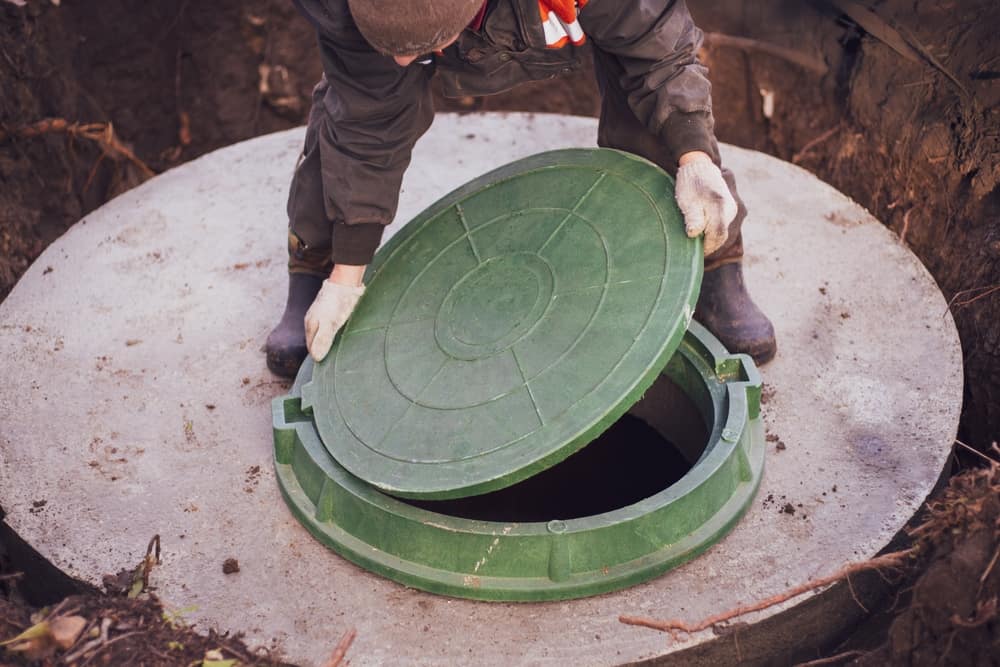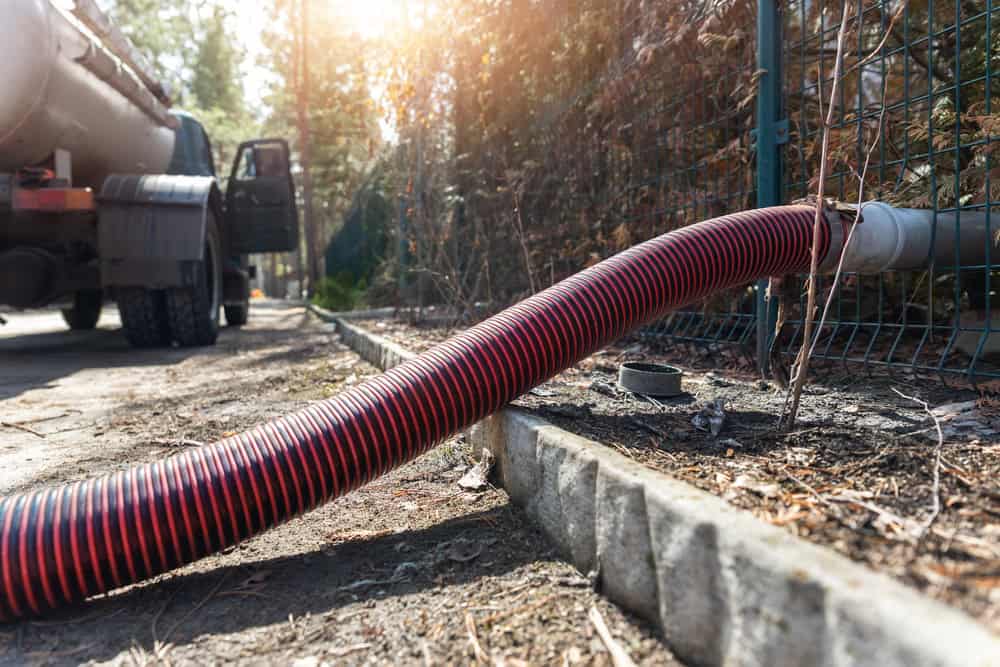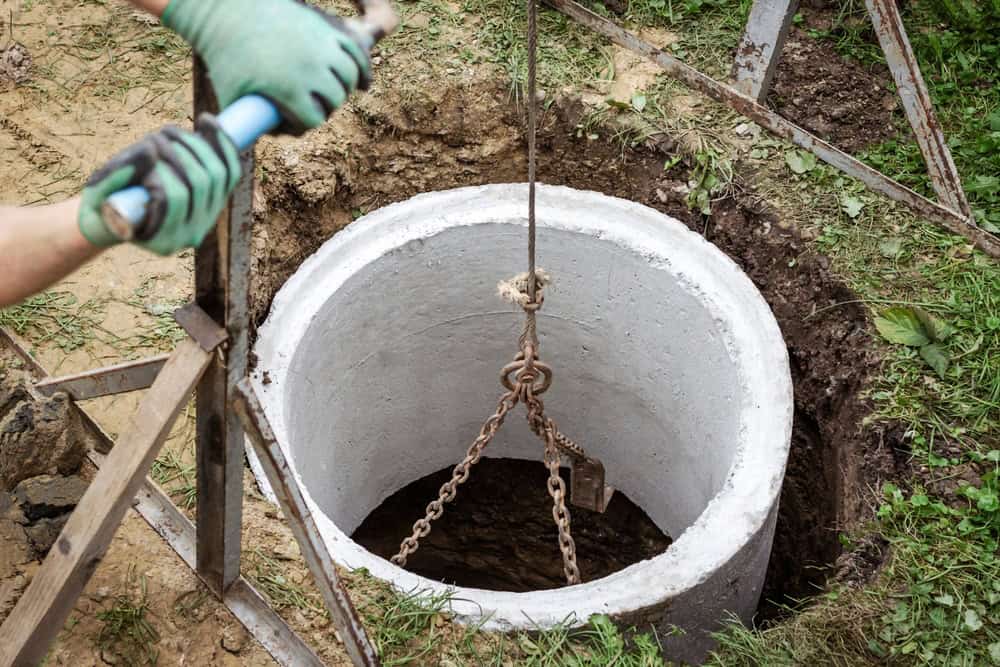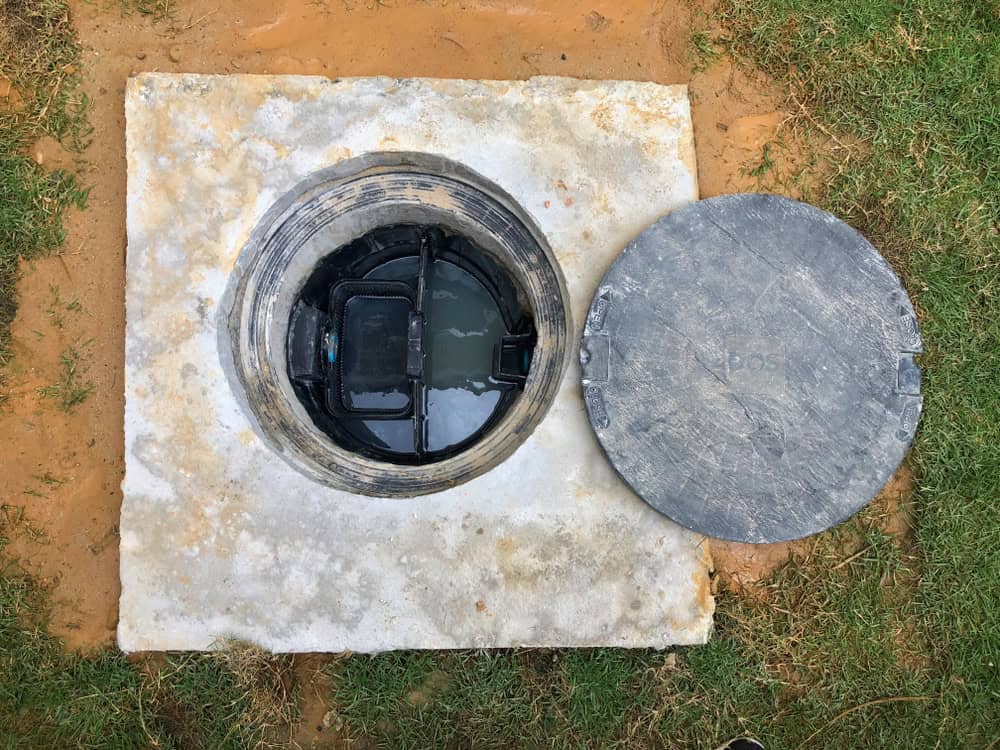Summary:
Understanding Long Island's Septic Tank Installation Requirements
Long Island’s septic installation landscape changed dramatically in recent years. Suffolk County banned new cesspool installations in 2019 and now requires nitrogen-reducing systems for all new residential construction as of July 2021. Nassau County follows similar environmental protection standards.
These aren’t just bureaucratic changes. They’re responses to real environmental problems. Nitrogen pollution from conventional systems increased 200% between 1987 and 2005, affecting groundwater and coastal water quality throughout the region.
The new requirements mean you can’t just install any septic system. Your installation must meet current environmental standards, which typically means advanced treatment technology that removes up to 80% more nitrogen than conventional systems.
What Makes Long Island Septic Installation Different
Long Island’s unique coastal environment creates specific challenges for septic installation. Sandy soils, fluctuating water tables, and proximity to sensitive water bodies all impact system design and installation requirements.
Suffolk County requires Innovative and Alternative Onsite Wastewater Treatment Systems (I/A-OWTS) for most new installations. These systems use biological processes to convert organic nitrogen into harmless nitrogen gas through separate treatment compartments. The first compartment operates without oxygen to feed beneficial bacteria, while the second introduces oxygen through filters or aerators.
Your soil conditions determine much of your system design. Long Island’s mix of sandy soils and varying water table levels means site evaluation becomes crucial. Professional soil testing identifies the right system type for your specific property conditions, ensuring long-term functionality and regulatory compliance.
The permitting process involves multiple steps: initial site evaluation, system design approval, construction permits, and final inspection. Each phase requires specific documentation and professional oversight. Attempting to navigate this process without experienced guidance often leads to delays, additional costs, or compliance issues down the road.
Cost Factors and Financial Assistance Options
Septic tank installation costs vary significantly based on system type, site conditions, and regulatory requirements. Basic installations typically range from $5,000 to $20,000, while advanced nitrogen-reducing systems can cost $15,000 to $25,000.
However, substantial grant funding makes these systems more affordable than many homeowners realize. Suffolk County provides up to $20,000 in combined grants and low-interest loans through their Septic Improvement Program. Nassau County offers up to $20,000 for nitrogen-reducing system installations, using federal and state funding.
These programs often cover the majority of installation costs for qualifying homeowners. Eligibility typically requires primary residence status, income verification, and property location in designated areas. The application process involves working with approved contractors who handle grant paperwork directly with county agencies.
Site preparation costs depend on access, soil conditions, and existing infrastructure. Properties requiring significant excavation, difficult access for equipment, or extensive site preparation will see higher total costs. Professional evaluation identifies these factors early, preventing surprise expenses during installation.
The Professional Installation Process Step by Step
Professional septic tank installation follows a systematic approach designed to ensure regulatory compliance and long-term system performance. The process begins with comprehensive site evaluation, including soil testing, water table assessment, and property layout analysis.
System design comes next, incorporating site-specific conditions with regulatory requirements. Licensed professionals create detailed plans showing tank placement, distribution systems, and drain field configuration. These plans require health department approval before construction begins.
The installation phase involves precise excavation, system placement, and connection of all components. Professional installation ensures proper grading, adequate separation distances, and correct system configuration for optimal performance.
Site Evaluation and Permit Requirements
Site evaluation determines whether your property can support a septic system and what type works best for your conditions. Professional evaluators examine soil composition, depth to groundwater, and proximity to wells, property lines, and water bodies.
Percolation testing measures how quickly water moves through your soil, determining drain field size and configuration. Fast-percolating soils may require alternative system designs to prevent groundwater contamination, while slow-percolating soils need larger drain fields for adequate treatment.
The permit process requires multiple approvals at different stages. Initial permits authorize site evaluation and system design. Construction permits allow actual installation to begin. Final permits require successful post-construction inspection before system activation.
Health department inspectors verify that installation matches approved plans and meets all regulatory standards. This inspection covers tank placement, distribution box installation, drain field construction, and proper connections between components. Successful inspection completion is mandatory before system use.
Choosing the Right System for Your Property
System selection depends on your property’s specific conditions, household size, and local regulations. Conventional gravity systems work well for properties with suitable soil conditions and adequate space. These systems rely on gravity to move effluent through treatment and disposal phases.
Advanced treatment systems are required for most new Long Island installations. These systems actively treat wastewater to remove nitrogen and other contaminants before soil disposal. Popular options include aerobic treatment units and recirculating sand filters, both approved for Long Island use.
Household size influences system sizing requirements. Larger families generate more wastewater, requiring bigger tanks and expanded drain fields. Professional evaluation considers current household size and potential future changes to ensure adequate system capacity.
Property constraints affect system configuration options. Limited space may require alternative drain field designs or advanced treatment systems with smaller footprints. Challenging site conditions often necessitate engineered solutions that meet regulatory requirements while working within property limitations.
Making Your Septic Installation Project Successful
Successful septic tank installation requires professional expertise, proper planning, and attention to regulatory requirements. Working with experienced contractors familiar with Long Island’s specific regulations prevents costly mistakes and ensures compliance with current environmental standards.
Grant funding availability makes advanced systems more affordable, but application processes require professional guidance to navigate successfully. We handle permit applications, grant paperwork, and inspection scheduling, streamlining the entire process for homeowners.
Your investment in professional installation protects your property value, ensures family health and safety, and contributes to Long Island’s environmental protection efforts. When you’re ready to move forward with your septic installation project, we provide the expertise and local knowledge needed to navigate Long Island’s regulatory requirements successfully.




